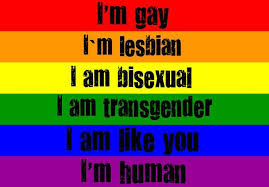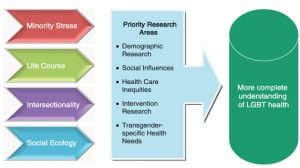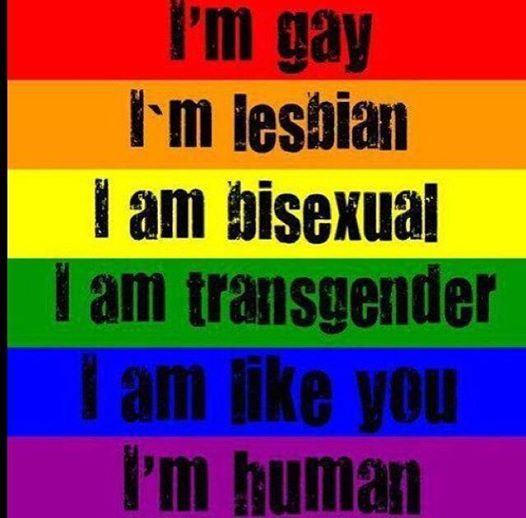 #PrayForOrlando
#PrayForOrlando
The club Pulse, site of the biggest mass gun shooting in U.S. history, was named to honor one of the co-owner’s brothers, who succumbed to AIDS in 1991.
In today’s Health Populi, I soberly ponder the lost lives in the Orlando massacre of people who joyfully convened in a safe haven to celebrate life, liberty, and their pursuits of happiness. Over fifty people ended up dead, and there will be more mortalities as the health workers at Orlando Regional Medical Center continue to fight the post-trauma battle to save gunned-down lives.
We define “health” broadly in Health Populi and in our work at THINK-Health, so I am thinking about health disparities today that people in the LGBT community face every day. Let’s call them out.
HealthyPeople 2020, the manifesto of the U.S. Centers for Disease Control, has an over-arching goal to improve the health, safety, and well-being of lesbian, gay, bisexual, and transgender individuals. The CDC points out that LGBT individuals face health disparities linked to societal stigma, discrimination, and denial of civil and human rights. These challenges have been associated, in clinical peer-reviewed literature, with higher rates of psychiatric disorders, substance abuse, and suicide. “Experiences of violence are frequent for LGBT individuals,” the portal observes.
Key social determinants of health continue to plague LGBT health: these include, but are not limited to, legal discrimination in access to health insurance, employment, housing, and retirement benefits; laws protecting against bullying in schools; and shortage of health care providers knowledgeable and culturally competent in LGBT health.
Lesbians are less likely to get preventive services for cancer, LGBT youth are more likely to be homeless, and LGBT individuals have the highest rates of tobacco, alcohol, and other drug use, according to CDC analyses of the literature.
The Association of American Medical Colleges (AAMC), which represents med schools and academic medical centers, identified that LGBT health is “the hidden health demographic.” AAMC recognizes that the Affordable Care Act goes some way to addressing LGBT and other minorities’ health disparities, and AAMC is also working to bolster the medical school curriculum to deepen understanding, empathy, and knowledge about LGBT healthcare. AAMC states: “The architects of the ACA cast a wide net that allows advocates to push the boundaries of inclusion for minorities in health care. Still ongoing is the debate surrounding whether health insurers can exclude coverage of certain types of care, such as sex reassignment surgery for transgender persons. As more LGBT patients gain access to care, take advantage of preventive care, and receive earlier diagnoses,” AAMC predicts decreasing morbidity and mortality from certain health conditions among LGBT patients, especially among those with chronic conditions.
 In 2011, a book was published on The Health of Lesbian, Gay, Bisexual, and Transgender People: Building a Foundation for Better Understanding, by the National Academies Press. The book, based on an expert panel’s recommendation, identified a research agenda that focuses on the unique and deep health disparities facing the LGBT community, noted in the diagram.
In 2011, a book was published on The Health of Lesbian, Gay, Bisexual, and Transgender People: Building a Foundation for Better Understanding, by the National Academies Press. The book, based on an expert panel’s recommendation, identified a research agenda that focuses on the unique and deep health disparities facing the LGBT community, noted in the diagram.
Seven years ago, in 2009, the Center for American Progress documented a long list of health disparities between the LGBT community compared with the heterosexual community. The roster of disparities is long and detailed; as of 2016, the needle on most of the issues in this roster has not moved.
Health Populi’s Hot Points: I am at a loss for words feeling at Ground Zero in grief. I will leave you with one thing that I know I know: that Love is a Social Determinant of Health.





 Thank you, Trey Rawles of @Optum, for including me on
Thank you, Trey Rawles of @Optum, for including me on  I was invited to be a Judge for the upcoming
I was invited to be a Judge for the upcoming  For the past 15 years,
For the past 15 years,